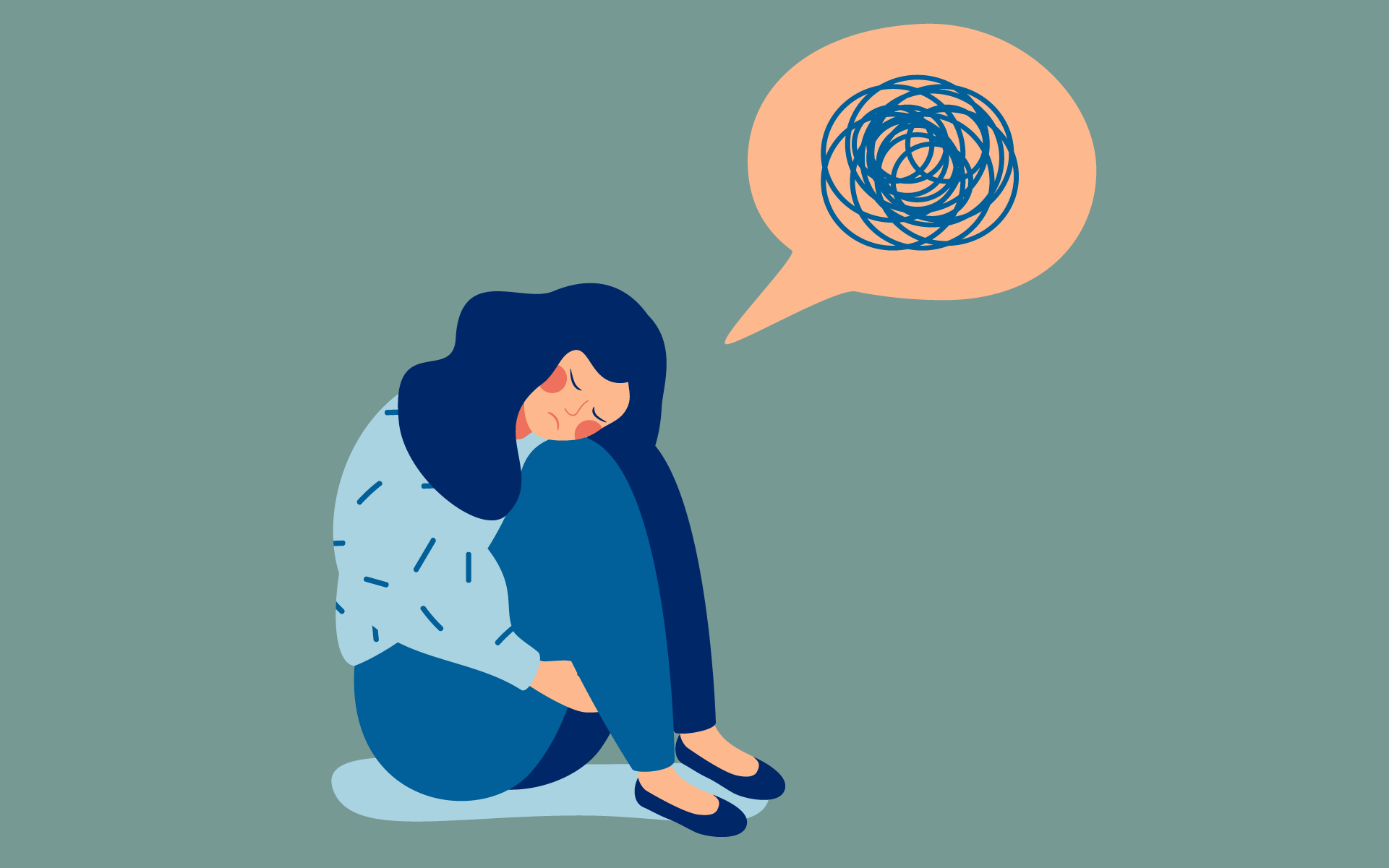Hello!
 Anxiety is a natural response to stressful or dangerous situations, but when the feeling becomes chronic, it can be debilitating. Generalized anxiety disorder (GAD) is one of the most common mental disorders in North America and refers to excessive anxiety and worry that doesn’t disappear within a few minutes.
Anxiety is a natural response to stressful or dangerous situations, but when the feeling becomes chronic, it can be debilitating. Generalized anxiety disorder (GAD) is one of the most common mental disorders in North America and refers to excessive anxiety and worry that doesn’t disappear within a few minutes.
What is GAD?
GAD is a condition in which the person feels anxious most of the time and worries excessively about everyday problems. This can cause difficulties with work performance and social relationships.
How Does it Feel?
People living with GAD will often feel restless and irritable. The range of symptoms will differ depending on the person, the intensity of their anxiety, and the severity of the condition.
1. Mental Symptoms
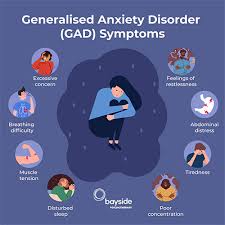 The psychology of GAD can be challenging to understand. People living with GAD often experience emotional and physical discomfort when anxious. They will worry, often without a logical basis or cause, that they are marked for disaster or harm.
The psychology of GAD can be challenging to understand. People living with GAD often experience emotional and physical discomfort when anxious. They will worry, often without a logical basis or cause, that they are marked for disaster or harm.
2. Physical Symptoms
When a person is worried, and the body’s nervous system becomes irritated due to stress, their heart may race, and they may feel upset stomach, muscle tension, or headache.
The list of physical symptoms can vary from person to person.
Symptoms can also vary based on the person’s age, how long the behavior has been going on, where they live, and the type of anxiety they struggle with.
3. Sleep Problems
Often when a person is anxious and worried, they will have trouble sleeping. After being awake all night, the next day may be a struggle to fall asleep. Waking up after an anxiety attack may be hard or even impossible.
 This can lead to physical pain and psychological problems such as depression.
This can lead to physical pain and psychological problems such as depression.
4. Fatigue
Generalized anxiety disorder is associated with overwhelming fatigue. You may feel like you have no energy to do what you normally enjoy.
A person suffering from GAD will be exhausted emotionally and physically and unable to handle daily stress as they once could.
5. Frequent Urination, Plus Mention Frequent Urination in Men, Also may be Related to Hormones
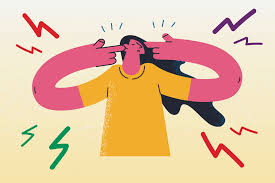 One of the most common physical symptoms of GAD is the constant need to urinate during a person’s day. This symptom is also linked to hormonal changes that occur during adolescence, causing a decrease in bladder control.
One of the most common physical symptoms of GAD is the constant need to urinate during a person’s day. This symptom is also linked to hormonal changes that occur during adolescence, causing a decrease in bladder control.
This problem usually resolves after puberty but can persist into adulthood, which can be very frustrating.
6. Headache
The anxiety of GAD can cause headaches. Often the person will be unable to relax and feel the tension in their neck, head, temple, and forehead.
7. Problems with The Gastrointestinal Tract
The gastrointestinal tract is centered on the stomach and intestines. When a person has GAD, they may experience nausea, vomiting, constipation, or diarrhea.
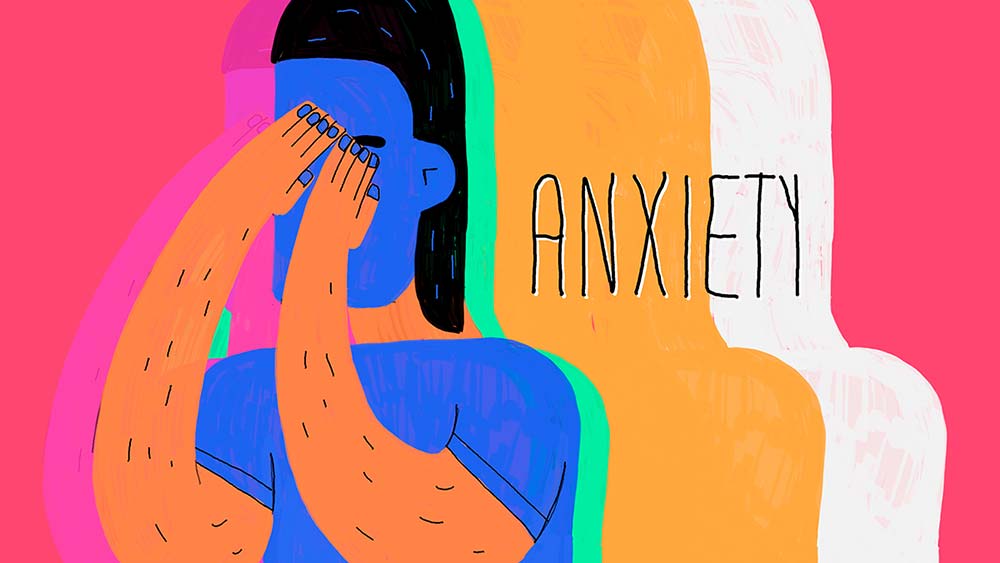 These symptoms may be accompanied by abdominal pain or bloating, leading to insomnia.
These symptoms may be accompanied by abdominal pain or bloating, leading to insomnia.
What Are Risk Factors for GAD?
1. Stress
A person is more likely to develop GAD if they have experienced a traumatic event. These can include divorce, the death of a loved one, or unexpected financial loss, such as job loss or medical expenses. A common example is the death of a family member or pet.
2. Coffee, Alcohol Drugs
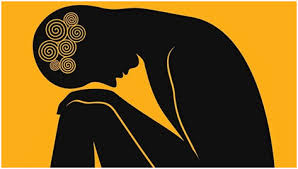 Caffeine, alcohol, and drugs are all stimulants that cause the body to feel anxious. Caffeine is a natural stimulant found in coffee, tea, and chocolate. Alcohol is another drug that also causes you to feel more anxious. Drugs are not always illegal and can be purchased at your local pharmacy.
Caffeine, alcohol, and drugs are all stimulants that cause the body to feel anxious. Caffeine is a natural stimulant found in coffee, tea, and chocolate. Alcohol is another drug that also causes you to feel more anxious. Drugs are not always illegal and can be purchased at your local pharmacy.
Drugs that can cause more anxiety include Corticosteroids, Hydrocortisone, and Prednisone.
3. Genetic
Researchers have found that a person is more likely to develop GAD if they have a first-degree relative that already has the condition.
This is known as the genetic risk factor because of its hereditary nature. However, the risk is not always present but only applies to people with GAD.
Treatment Options for GAD
1. Medication
 Several medications can help to treat GAD, like antidepressants and anti-anxiety medications. Medications are often used as a part of a combination therapy program with CBT or alone if the patient does not want the time commitment of CBT.
Several medications can help to treat GAD, like antidepressants and anti-anxiety medications. Medications are often used as a part of a combination therapy program with CBT or alone if the patient does not want the time commitment of CBT.
2. HGH Therapy
If the person living with GAD is experiencing insomnia due to anxiety and worry, HGH therapy can help. This hormone therapy aims to improve sleep quality, improving the person’s mood and ability to function during the day.
The therapy addresses a hormone imbalance found in people with GAD. By increasing HGH levels, the body can overcome some of the symptoms of stress and worry.
The Pituitary gland produces a growth hormone crucial for maintaining normal health at all ages.
3. Healthy Lifestyle
 Physical activity and a healthy diet are some of the most effective ways to deal with stress. Both activities can help improve sleep, reduce anxiety and boost overall health.
Physical activity and a healthy diet are some of the most effective ways to deal with stress. Both activities can help improve sleep, reduce anxiety and boost overall health.
A healthy diet can help to reduce the symptoms of GAD. A healthy lifestyle reduces other unwanted symptoms, including headaches, gastrointestinal problems, and fatigue.
How to Help Ease Symptoms of GAD
- Make a list of the triggers for your anxiety and distract yourself from that trigger.
- Take short walks to help calm your mind and promote relaxation.
- Try a yoga or exercise class, or find an activity where you can move freely without checking how you are constantly doing.
- Distract yourself when you start to feel stressed or worried by taking some deep breaths and focusing on calming thoughts or sounds, such as nature sounds, gentle wind, or the sound of rain falling on the roof of your house.
- Write down negative thoughts and keep them where you can see them.
- Give yourself a break from your anxiety and take it easy. Tell yourself you can return to your anxious thoughts later when you have time to think about it again.
- Breathe through muscle tension by tightening muscles in your face and jaw for a few seconds, then releasing them again.
Conclusion
 Overall, anxiety is a very common disorder. It can affect many areas of a person’s life, including social relationships, school, job, and family. The symptoms of GAD can also be very disruptive to a person’s daily activities, either causing distress or causing them to miss out on important life events.
Overall, anxiety is a very common disorder. It can affect many areas of a person’s life, including social relationships, school, job, and family. The symptoms of GAD can also be very disruptive to a person’s daily activities, either causing distress or causing them to miss out on important life events.
A person suffering from GAD will experience many symptoms that can make life more unmanageable if the disorder is not treated. Thankfully, there are several treatment options for this type of anxiety, including medication and cognitive-behavioral therapy.
The symptoms of GAD are treatable, and the treatments available can help people live a normal life again.
Thank you!
Join us on social networks!
See you!

